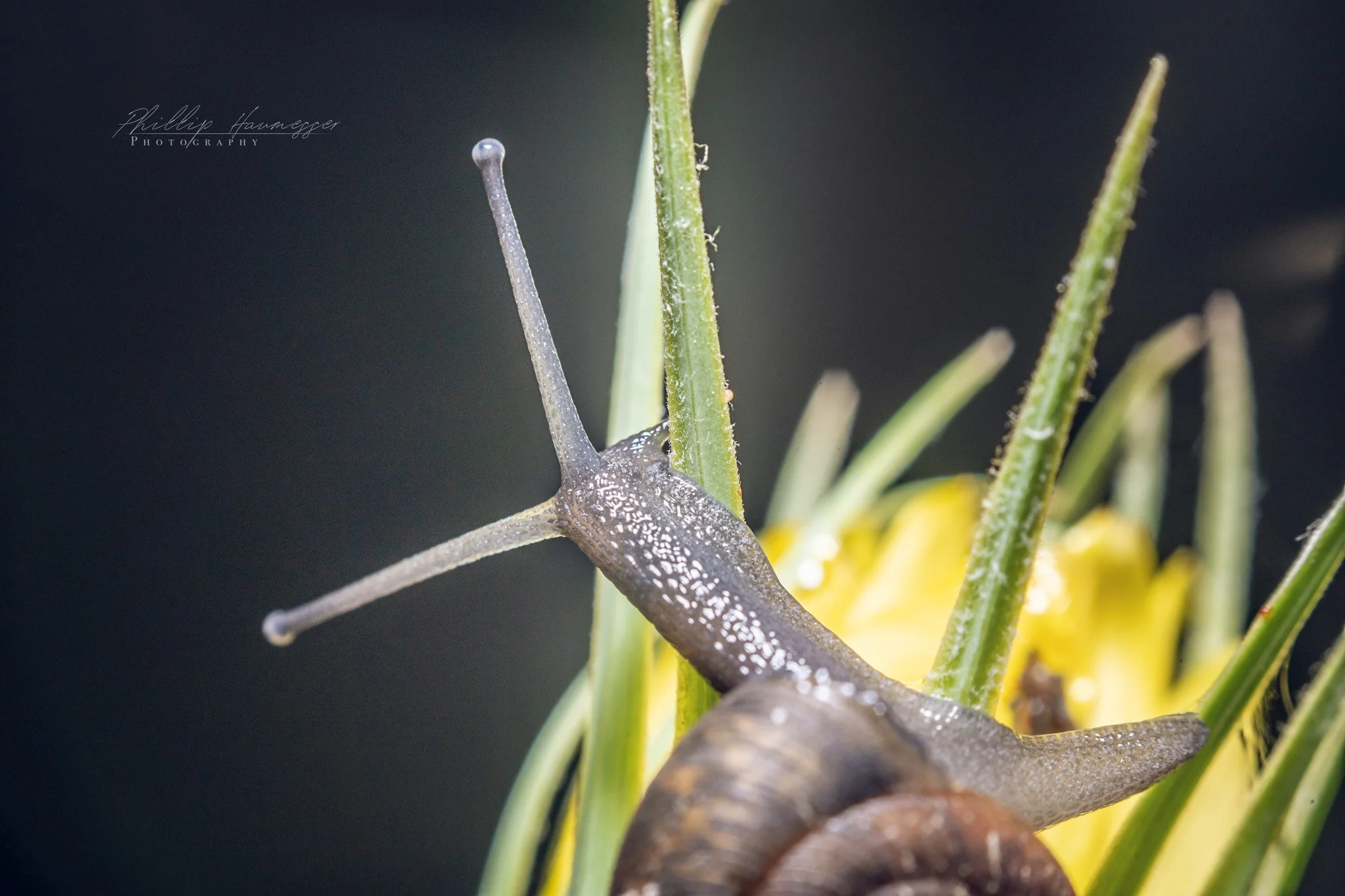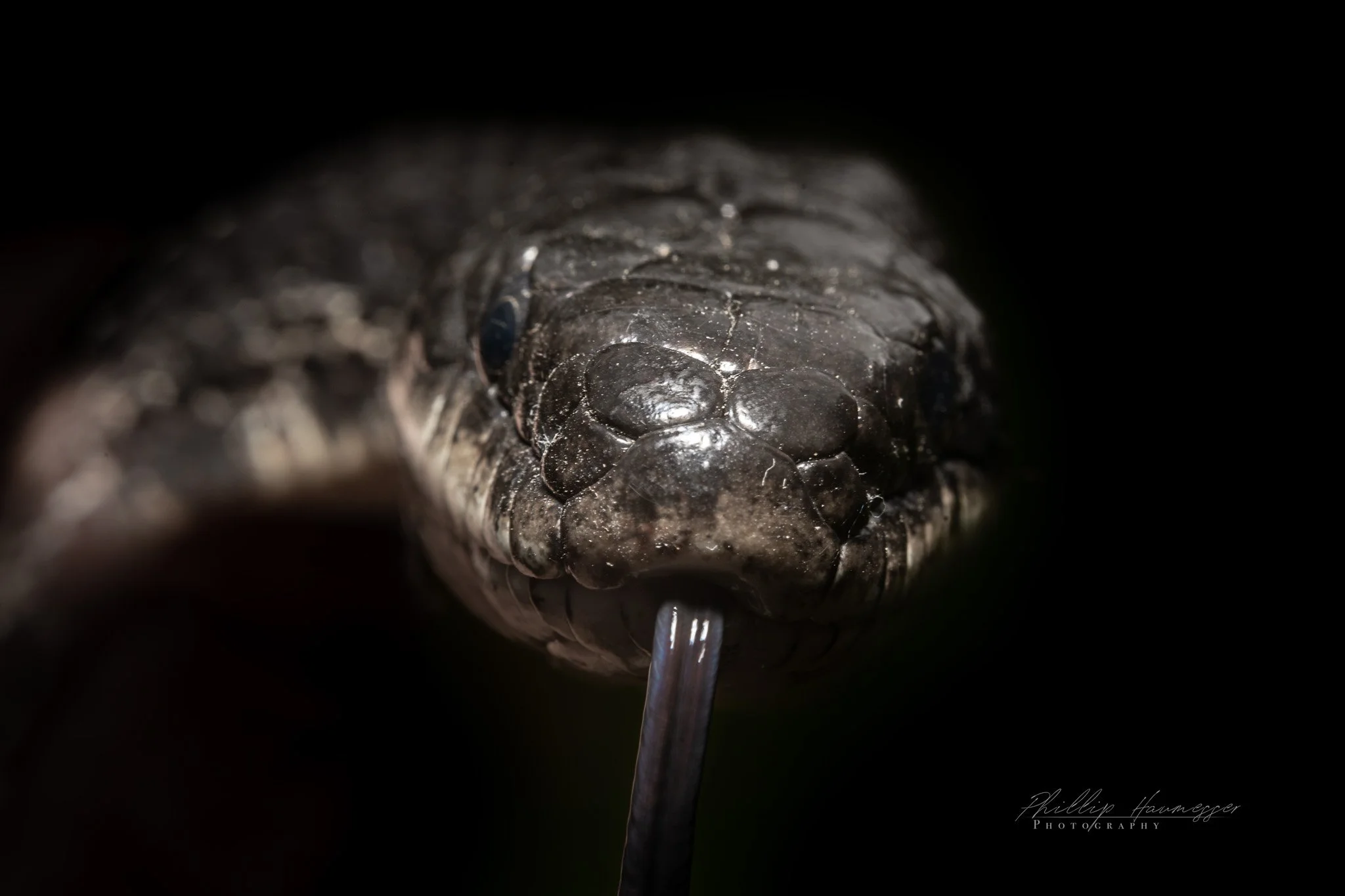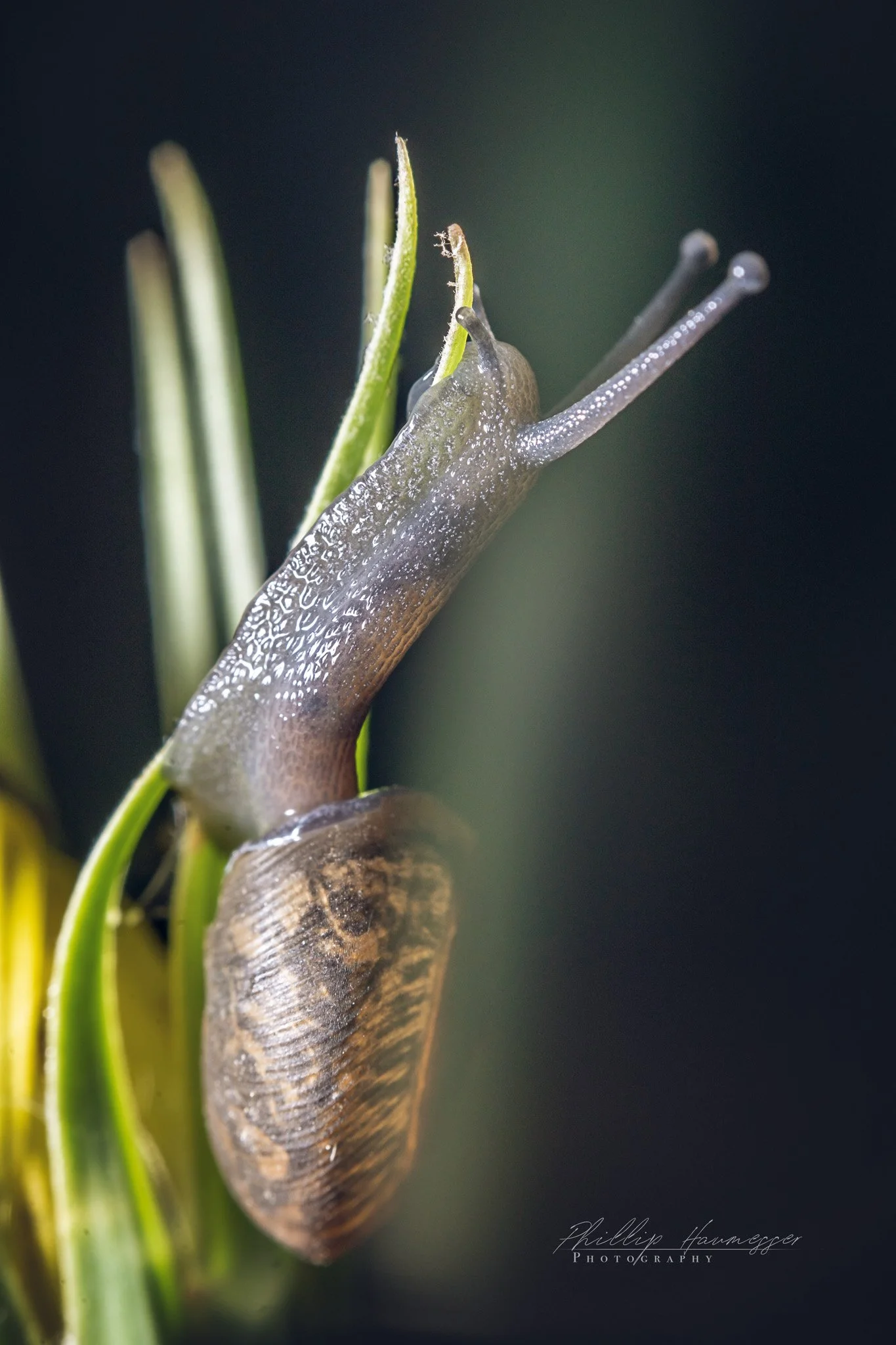Macro Photography: Unveiling the Hidden Details of the World Up Close
By: Phillip Haumesser
Macro photography invites you to shrink your perspective and magnify the overlooked—turning a dewdrop on a leaf into a crystal globe or a insect's wing into an intricate map. As August 2025 brings humid mornings and blooming details, macro offers a fresh way to engage with the microcosms around us: What if the smallest subjects hold the biggest stories, challenging our view of scale and beauty? Does a close-up of a flower petal reveal nature's engineering, or does it question why we ignore the tiny in favor of the grand? This post breaks down macro photography's fundamentals, from gear essentials to creative techniques, with actionable tips to get you shooting intimate details. Whether you're using a dedicated lens or hacking with your phone, let's zoom in on how macro can sharpen your eye for the extraordinary in the everyday.
The Intrigue of Macro: Why Focus on the Small?
Macro photography, by definition, reproduces subjects at life-size or larger (1:1 ratio or greater), transforming mundane items into mesmerizing worlds. It's not just technical—it's philosophical, forcing us to slow down and observe. In a fast-paced 2025, where wide landscapes dominate feeds, macro counters with intimacy: A raindrop refracting light might symbolize fragility, prompting: Does magnifying the minute make us appreciate life's intricacies, or highlight how much we overlook?
Trends show macro rising in popularity for social media and prints, where detailed shots stand out. It's accessible too—no exotic locations needed; your backyard or kitchen table suffices. The appeal? It trains patience and precision, turning "boring" objects into art. Question: In an era of big-picture thinking, can macro's focus on details foster a more mindful approach to photography overall?
By: Phillip Haumesser
Gear Essentials: Tools for Getting Up Close
Macro doesn't demand a fortune, but the right tools help capture sharpness at close range. A true macro lens (like a 100mm f/2.8) offers 1:1 magnification with minimal distortion. For beginners, extension tubes or close-up filters attach to existing lenses for budget-friendly results. Tripods are crucial—handheld macros risk blur from tiny movements; use a sturdy one with a macro rail for fine adjustments.
In 2025, mirrorless cameras with focus peaking highlight sharp areas in live view, while phone attachments like clip-on macro lenses turn mobiles into detail hunters. Lighting? Ring flashes or diffusers soften shadows in tight spaces. Tip: Start with natural light—window diffused for even illumination. Practical probe: Does specialized gear unlock macro's potential, or does improvisation spark more creative problem-solving?
Mastering Light and Focus: The Macro Dance
Light behaves differently up close—shadows sharpen, highlights glare. Use soft, diffused sources to avoid hot spots; reflectors bounce light into crevices. For outdoors, early morning or late afternoon reduces harshness, while overcast days even tones. Technique: Stack exposures for depth of field—macro's shallow focus (even at f/16) blurs backgrounds, isolating subjects beautifully.
Focus is macro's biggest hurdle—manual mode reigns, with live view zoom for precision. Focus stacking (multiple shots at different planes, merged in software) achieves all-over sharpness. Apps like Helicon Focus automate this in 2025. Tip: Use a remote shutter to minimize shake. Humor: Macro focus is like threading a needle while riding a rollercoaster—steady hands win. Deeper question: Does macro's demand for precision mirror life's need to zoom in on details amid chaos?
Composition in Close Quarters: Framing the Tiny
Composition shifts in macro—rule of thirds guides placement, but curves and patterns take center stage. Fill the frame with your subject, using negative space sparingly to emphasize isolation. Leading lines? Follow a vein on a leaf or a petal's edge. Symmetry works wonders—a dewdrop centered creates balance.
By: Phillip Haumesser
Trends favor abstract macros—unrecognizable close-ups of everyday items, like fabric threads resembling canyons. Vertical orientations suit tall subjects like stems; horizontal for spreads like wings. Tip: Experiment with angles—get low for ground-level views that add drama. Probe: Does macro's intimacy make compositions more personal, or does it abstract reality into something surreal?
Techniques to Elevate Your Macro Game
Bring macro to life with these:
Depth of Field Play: Wide apertures (f/2.8) blur distractions; stop down for more detail. Stack for the best of both.
Lighting Hacks: LED panels for controlled fill; backlighting for translucent effects, like glowing leaves.
Subject Hunting: Outdoors—flowers, insects, textures. Indoors—fruit skins, fabric weaves. Tip: Use water sprays for dew effects.
Movement Management: Wind blurs—shoot in calm or use barriers. For live subjects like bugs, patience or bursts capture stillness.
Post-Processing Polish: Sharpen details in Lightroom; boost contrast for pop. Avoid over-saturation—macro thrives on subtlety.
In 2025, AI tools like Topaz Sharpen AI reduce blur from slight shakes. Fun twist: Macro's like detective work—uncover clues in the small. Thought: Does capturing micro details connect us more to nature, or detach by abstracting it?
Applications: Where Macro Shines Bright
Macro adapts across styles:
Nature and Wildlife: Insect eyes or pollen grains question biodiversity's wonders.
Product Photography: Jewelry details or food textures for commercial appeal—clean backgrounds highlight.
Abstract Art: Everyday objects up close become patterns—threads as landscapes.
Portraits (Sort Of): Extreme close-ups of eyes or hands reveal character textures.
Scientific/Educational: Document tiny phenomena for blogs or schools.
Business-wise, macro excels for stock images or e-commerce, where details sell. Trend: Macro NFTs emphasizing uniqueness in tiny worlds. Dilemma: Does commercial macro commodify nature's details, or educate on their value?
Ethical Considerations: Respecting the Small
Be gentle—avoid disturbing insects or plants. Use "leave no trace" in nature. Digitally, disclose manipulations. Philosophical layer: Macro magnifies beauty, but in climate-stressed 2025, does it remind us to protect the fragile?
Common Pitfalls and Solutions
Blur from Shake: Tripod + timer.
Flat Lighting: Diffuse sources; add reflectors.
Boring Subjects: Hunt textures; vary angles.
Depth Issues: Stack focuses.
Pitfall: Over-magnification—pull back for context. Question: Does fixing macro flaws teach resilience, or tempt perfectionism?
Your Macro Adventure Challenge
This week, shoot 5 macro details—one from nature, one indoors. Vary focus; review: What surprises emerged? Share insights: How has macro changed your view of "small" things?
Wrapping It Up
Macro photography zooms into the world's hidden layers, using gear, light, and composition to create intimate, impactful images. It's a style that rewards curiosity and patience, turning the tiny into triumphs. In August 2025's detail-rich season, embrace macro to rediscover wonder in the close-up.
Grab a lens, get low, and let the details draw you in!
~Phillip
Ready to Master Macro Details?
Macro photography opens up entire worlds in the smallest spaces, and it's a skill that adds unique flair to your portfolio. In my Online Photography Academy, you'll access over 100 video tutorials on close-up techniques, focus stacking, lighting hacks, and editing for sharpness, along with a Q&A section where I personally respond to your questions. Whether exploring nature's tiniest features or everyday objects, let's make your details dazzle—join today and zoom into new creative depths!



